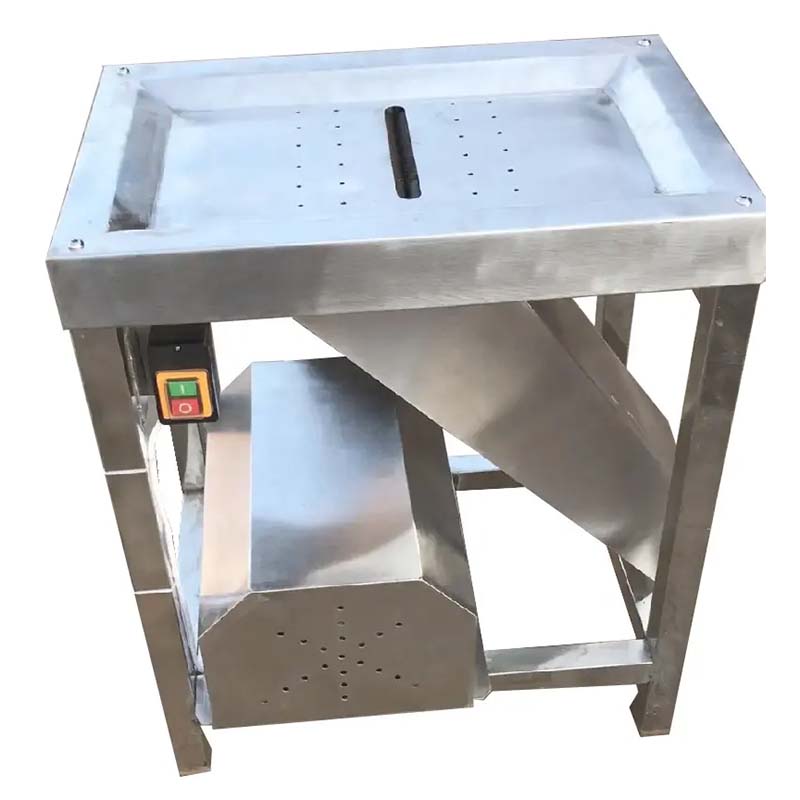Effective Strategies for Enhancing Indoor Comfort with Evaporative Pad Cooling Systems and Techniques
Aug . 09, 2024 00:55 Back to list
Effective Strategies for Enhancing Indoor Comfort with Evaporative Pad Cooling Systems and Techniques
Evaporative Pad Cooling A Sustainable Solution for Hot Climates
In recent years, evaporative cooling systems have gained attention as a sustainable and energy-efficient alternative to conventional air conditioning systems. Among the various methods of evaporative cooling, evaporative pad cooling stands out for its simplicity and effectiveness. This article explores the principles behind evaporative pad cooling, its benefits, applications, and its role in promoting energy efficiency.
Principles of Evaporative Pad Cooling
Evaporative pad cooling relies on the natural process of evaporation to lower air temperature. The technology utilizes porous pads made from materials such as cellulose or synthetic fibers. When warm air passes over these wetted pads, some of the water evaporates, absorbing heat from the air in the process. This results in cooler air being circulated into the living space. The effectiveness of evaporative cooling is fundamentally based on the principle that when water changes from liquid to vapor, it absorbs heat from the surroundings, thereby cooling the air.
Benefits of Evaporative Pad Cooling
One of the most significant advantages of evaporative pad cooling is its energy efficiency. Traditional air conditioning systems can consume large amounts of electricity, especially during peak summer months. In contrast, evaporative coolers use significantly less energy, making them more cost-effective and environmentally friendly. According to studies, evaporative cooling systems can operate using up to 75% less energy than traditional cooling methods.
Moreover, evaporative cooling systems contribute to better indoor air quality. They introduce fresh outdoor air into the space, diluting indoor pollutants and maintaining healthy humidity levels. Unlike traditional air conditioning units that recirculate stale air, evaporative coolers enhance air circulation and promote a more comfortable living environment.
evaporative pad cooling

Another advantage is their relatively low installation and maintenance costs. The simplicity of evaporative cooling systems means that they are easier and cheaper to install compared to complex HVAC systems. Maintenance is also less intensive, as evaporative coolers do not contain refrigerants and generally require only regular cleaning and pad replacement.
Applications of Evaporative Pad Cooling
Evaporative pad cooling is particularly beneficial in dry and arid climates, where low humidity levels enhance the effectiveness of the cooling process. It is widely used in various applications, including residential homes, commercial buildings, greenhouses, and outdoor spaces such as patios and sports facilities. Many businesses are opting for evaporative cooling solutions in industrial settings where large, open spaces need climate control without incurring high energy costs.
Additionally, evaporative cooling is gaining popularity in agricultural applications. Farmers use these systems to create optimal growing conditions in greenhouses, enhancing crop yields while reducing energy consumption. The agricultural sector’s need for sustainable practices aligns well with the benefits of evaporative cooling.
Conclusion
In conclusion, evaporative pad cooling represents a sustainable, energy-efficient solution for addressing heat in residential and commercial environments, particularly in arid regions. Its ability to effectively cool air while improving indoor air quality, combined with lower energy consumption and maintenance costs, makes it an attractive option for many users. As the world continues to grapple with climate change and the rising costs of energy, innovative solutions like evaporative pad cooling will play a crucial role in creating a more sustainable future. Through widespread application of this technology, we can move towards healthier living spaces and reduced environmental impact, embracing a greener way of cooling our environments while adapting to the challenges of global warming.
-
Automatic Feeding Line System-Pan Feeder Nipple Drinker|Anping County Yize Metal Products Co., Ltd.
NewsJul.29,2025
-
Hot Sale 24 & 18 Door Rabbit Cages - Premium Breeding Solutions
NewsJul.25,2025
-
Automatic Feeding Line System Pan Feeder Nipple Drinker - Anping County Yize Metal Products Co., Ltd.
NewsJul.21,2025
-
Automatic Feeding Line System Pan Feeder Nipple Drinker - Anping County Yize Metal Products Co., Ltd.
NewsJul.21,2025
-
Automatic Feeding Line System - Anping Yize | Precision & Nipple
NewsJul.21,2025
-
Automatic Feeding Line System - Anping Yize | Precision & Nipple
NewsJul.21,2025






